Last month Apple announced WatchOS 10, and with it a slate of new features focused on the fitness/sports realm. This included cycling power meter support, a new structured workouts API for all sport types – allowing 3rd party apps like TrainingPeaks to push directly to the watch, and increased mapping support. Which, takes us to the topic of today’s post: The new offline topographic maps.
As of today, Apple has now made WatchOS 10 available to anyone in public beta, in conjunction with iOS 17. That said, I’ve been using WatchOS 10 for the past month as part of the developer betas, of which today’s public beta is based upon. As usual with beta software, be warned it’s not finished – and could have adverse effects. You’ll see that especially here in the topo maps portions, as well as even more prominently in the power meter pieces. WatchOS 10 is available for Apple Watch Series 4 and higher, including all Apple Watch SE variants & the Apple Watch Ultra.
The end goal is typically that WatchOS 10 will release to production in the September timeframe, usually aligned to whatever new watches Apple announces on their normal annual release cycle.
With that out of the way, let’s dive into it.
How to Access Topo Maps:
The first thing to know about Fight Topo Club is that it’s actually Apple Maps Club. The topographic maps aren’t in the Workouts app, but rather the on-watch Maps app. That’s the one that looks like the arrow up thingy you see in the center of the screen (the down-arrow one is for diving, and the up-compass arrow is for compass):
This is notable because it’s a clear separation between areas normally used for workouts (the Workouts app), and that used for general-purpose navigation. Most people doing a hiking adventure would be using the Workouts app for recording workout data, so this is another app you’d need to switch back and forth between. Apple makes that easy, but it’s not as easy as a simple swipe of the data page. Everything you’re gonna see in this post is happening within the Apple Maps app – not the Workout app.
In any case, once opening up, you’ll see your current location. If you’re sitting at your home in a flat area, you won’t likely see any topographic lines/details. You’ll just see regular maps, like so:
Instead, you need to go somewhere where mountain lions might exist. I mean, yes, I know they exist in normal neighborhoods almost anywhere in California, but we also need the ‘mountain’ part. So scroll your way to some hills, and then zoom in a bunch. You have to zoom in a surprising amount to get it to show up:
Now when I said we need to go somewhere that mountain lions might exist, I should have been more specific: In the current beta you need to go to a declared parkland in the state of California (see above, right, how the topo lines end when the green ends). Additionally, declared parkland that starts in California and spills over into Nevada also works. But if it spills over to Oregon, that doesn’t work. Somebody in Oregon made someone in Cupertino upset. Look, I don’t make the beta Topo Club rules, I just explain them.
Let me put it differently: Right now, as of July 12th, 2023 at 10AM Cupertino time – if you want to see topographic map data in the current public beta, you need to find a proper park in California. Or, be a mountain lion that’s escaped California and stayed within park boundaries to Nevada. Otherwise, no Topo Club for you. Here, you can see the border between California and Oregon, and the topo lines literally stop on the border:
Whereas the topo lines on parks that run into Nevada continue, just ensure that it’s a park that started somewhere in California:
Now Apple has been clear that by release to production it’ll be for all the US (but not international). However, whether or not it’ll still be restricted to specific parklands remains unclear. Even within the realm of California, vast chunks of very hikeable terrain remains without contour lines. Entire swaths of the coast where the Pacific Coast Trail runs through remain without it.
Given the quirkiness of how mapping data and licensing works, I’m sure this is a complex topic. However, all of Apple’s competitors here simply have “everywhere” topo maps, even internationally. Be it Garmin, Suunto, or COROS, all their endurance sports competition don’t have these sorts of gaps – let alone the US limitation.
Now, the next piece to explain is that the Apple Watch doesn’t actually have offline topographic maps. Instead, your phone has offline topo maps and the Apple Watch can access those maps assuming your phone is within range (and has battery). Or, if you have WiFi/Cellular access. To download offline topo maps, go into Apple Maps on your phone, select your profile picture in the corner, and then choose the areas you want. This download will include the topo maps with it. Interestingly, the Watch Maps app does seem to cache some non-topo portions, though it’s a little fuzzy as to the exact zoom level it cuts out (and in park vs not). You can download multiple areas if you want:
Thus, this is again a notable difference between what Apple is doing, and what mapping looks like on Garmin, Suunto, or COROS devices – which have true offline maps on your watch. I don’t really understand why Apple wouldn’t cache those to the watch. The file sizes are trivial here – as seen above, those are very small given how much storage the watch has. And there’s a substantial spec difference between offline mapping on a watch, and not-offline mapping on a watch.
Inversely, while Garmin does have very deep levels of points of interest (POIs) and trail/street names on their maps, neither Suunto nor COROS do. Thus, in this case Apple does actually show more information than Suunto/COROS do, albeit within the other limitations. Still, at least the info is there.
In any case, the next piece you likely say or remembered from the WatchOS 10 presentation a month ago was a trailhead and implied routing to it. So, to do that, I’m going to show two different things. First, I’m going to select a trailhead nearby me at the moment. When I do that, it’ll default to vehicular routing. If I tap, I can change that to pedestrian or cyclist routing:
Now, if you look, it’ll give me multiple route options, including the elevation profiles – which is kinda cool:
Once I select one of those, it will give me proper turn-by-turn navigation to that location from the watch:
However, to generate the turn-by-turn instructions, you need to have internet access initially. Once it’s created that route, you don’t need internet anymore (and it seems to save it for past historical routes too).
Setting aside internet access for a second, you don’t have to choose a trailhead (or gas station). For example, here I’m going to Drop a Pin at the top of this park, and then navigate to it. You’ll see that it routes along the trails as I’d expect:
This works well for scenarios that are point to point (going to end somewhere), but of course, doesn’t work for traditional hiking/etc scenarios where you make a loop, or otherwise plan a specific route. Today, Apple doesn’t have any ability to pull in routes/courses natively – those all still require 3rd party apps.
And this is where you see some of the different teams at work here. While all of Apple’s latest marketing pushes (especially around Ultra) are focused on endurance sports, the topographic maps bit actually comes from the Apple Maps team. That team sits outside of the Apple Watch group, and in this case, it’s simply an Apple Watch app (Maps) that’s doing the lifting. And that app is really just the companion to the larger Apple Maps phone app. It’s not about being a watch-first experience, but about being a phone-first experience.
Going Forward:
The thing to understand about Apple is that they work something akin to a tidal wave. From far away it may not look like much coming, but then before you know it, it’s breaking on shore and overwhelming. If we look at Apple Watch over the last few years, especially the last 13 months, we see very clearly Apple’s sports ambitions. The pieces are slowly coming together. Last summer (2022) it was a massive re-write of the Workouts app to support structured workouts, running power, triathlon support, and much more. Then last fall they added a new watch model (Ultra) which extended battery life to cover 95% of endurance sports use cases and offered more buttons. Last winter they added running track mode and expanded it, along with new/longer battery profiles. And this is only talking the big ticket items.
Now this summer (2023) they’ve added cycling power meter/sensor support, FTP power estimates, a new structured workouts API, and the beginnings of offline mapping on-watch. Plus a bunch of smaller things like a companion app mode for your handlebars to show cycling data mid-workout.
In other words, if one were to step back and look at this endurance sports push as if it were a three-part act, the segments (to me) are fairly clear:
Act 1 – 2022: Massive renewed focus on sports data/metrics, initial trackback functionality, expanding battery life, usability of the hardware in sports
Act 2 – 2023: Continued expansion of data/metrics, expanding of tracking to mapping/navigation, initial journey into physiological metrics
Act 3 – 2024: I’d guess it’ll be a heavy focus on mapping/navigation/routing, with a heavy focus on physiological metrics (e.g. training load/recovery)
Of course, Apple won’t comment on what the future holds in detail, however in an interview with Jay Blahnik, Apple’s Vice President of Fitness Technologies, we discussed a number of topics related to the new metrics and WatchOS 10 features. This also included thoughts on how Apple Watch has evolved over the last 13 months in particular. One item that stuck out to me was while discussing the crossover between running power and cycling power, he noted that:
“We’re constantly amazed at how many of our users find their way into things they never thought were interesting to them, because they have metrics available on their watch them every day.”
I asked whether or not we’d see a shift from the current Apple Watch mapping paradigm which is point-to-point focused (getting to a destination), versus the sports/recreation realm tends to be focused on following a specific route (the journey). To that, Jay says:
“We are really excited about the journey we’re on, in all the spaces that you see us working on, including the way Maps [app] and Workouts [app] will integrate, now and in the future. The way our users are using maps now and the way they might use them in the future. It’s a really exciting space for us. So we’re just going to continue to keep working on it.”
I’ll dive more into the interview with Jay as part of my cycling power meter (and related features) post tomorrow. We get into things like running power versus cycling power, why Apple would even bother with cycling power to begin with, and plenty more.
Still, the standout item from discussions with Apple Watch team members and executives over the last year or so, is that they’re acutely aware of where they stand relative to their competitors in this space. Obviously, Apple sells far more watches than anyone else. But none of my discussions with them has led me to believe they discount their competitors or their current feature set in this space. They know that those companies have far more features than Apple Watch does today in the sports realm, but they also know they don’t need to have every feature. Instead, Apple tends to find the most important features, then simplify them into an easy-to-use, but still usually exceptional experience.
How they take something like the current topographic maps experience and translate it into the ‘exceptional’ category remains to be seen. Part of the challenge with the endurance sports space is that scenarios get more and more complex, the deeper you wade into the forest. Still, if any company can make a go of it, it’s gonna be Apple.
With that – thanks for reading!
(And stay tuned for a power-meter focused one tomorrow, where I’ll dive into all my experiences using power meter and cycling sensors.)
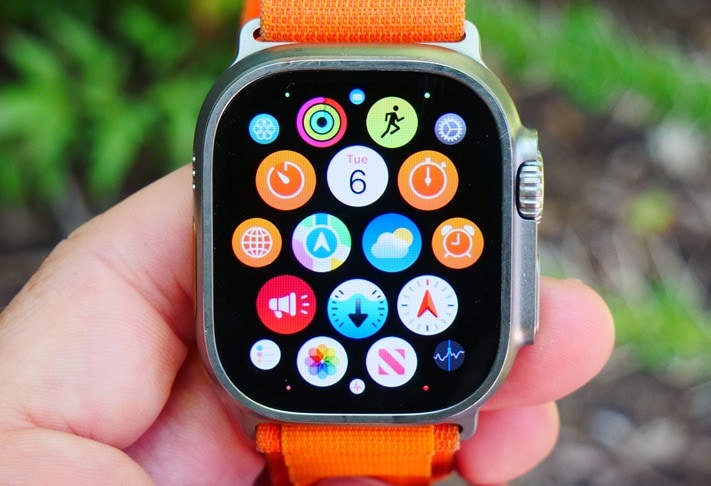
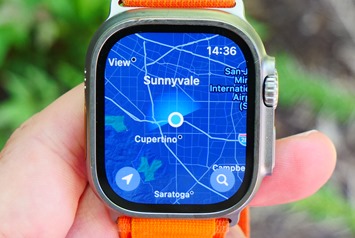
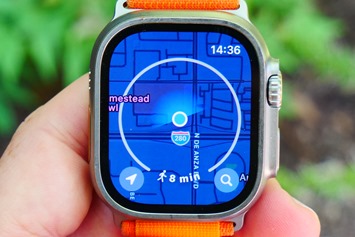


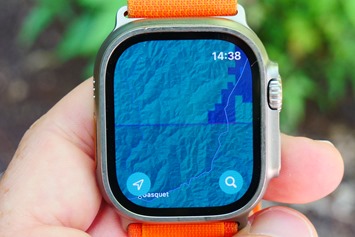
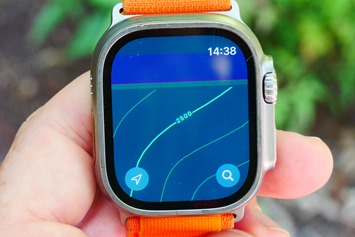
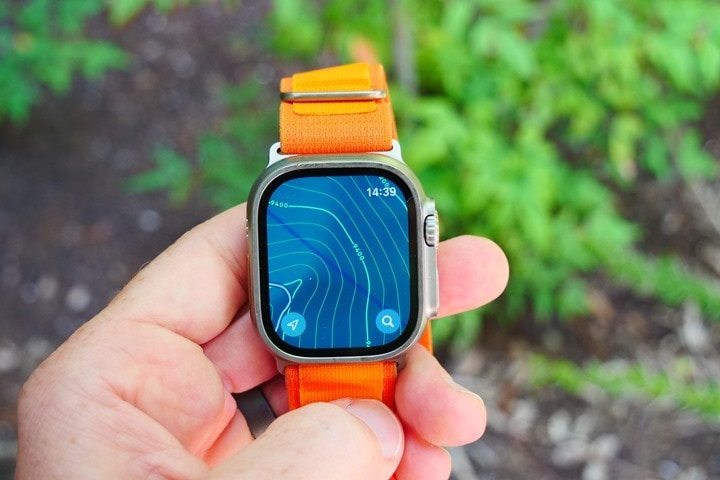
![clip_image001[6] clip_image001[6]](https://media.dcrainmaker.com/images/2023/06/clip_image0016_thumb.png)

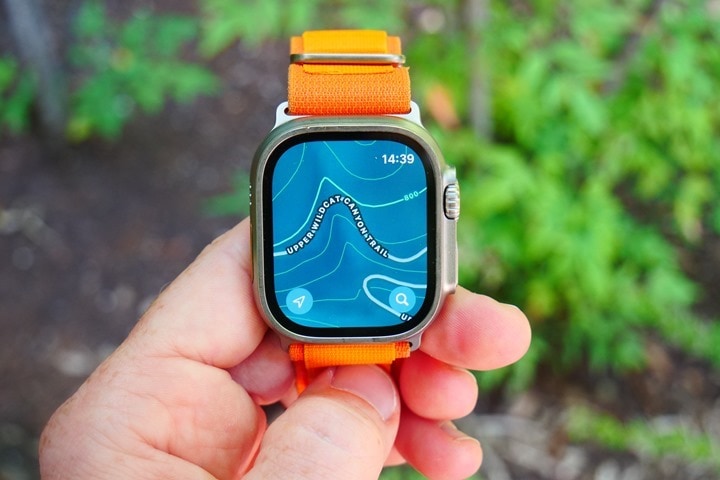
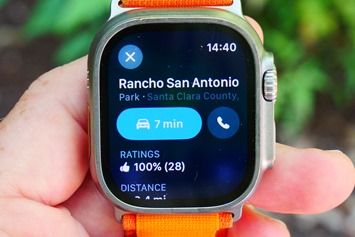

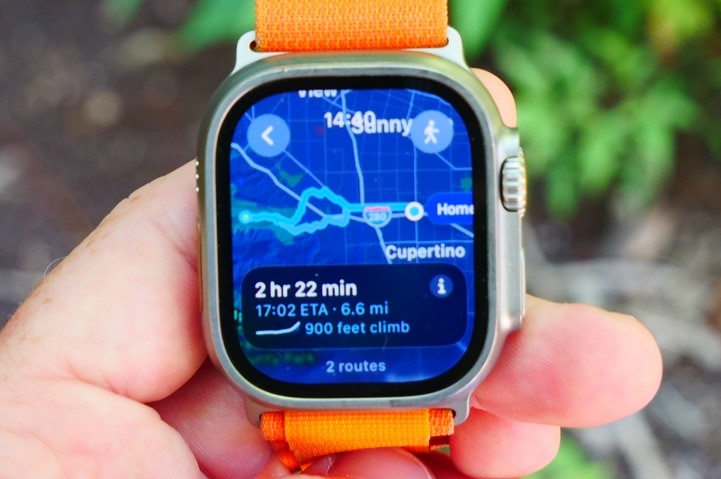
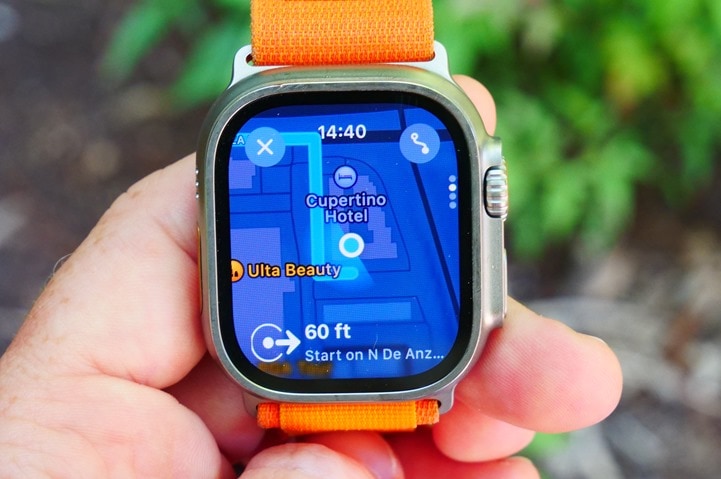
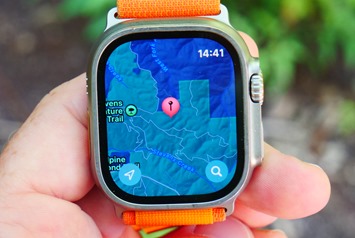
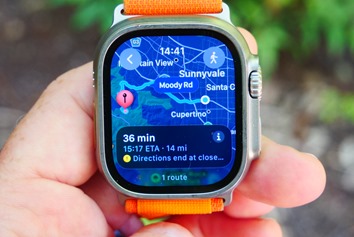
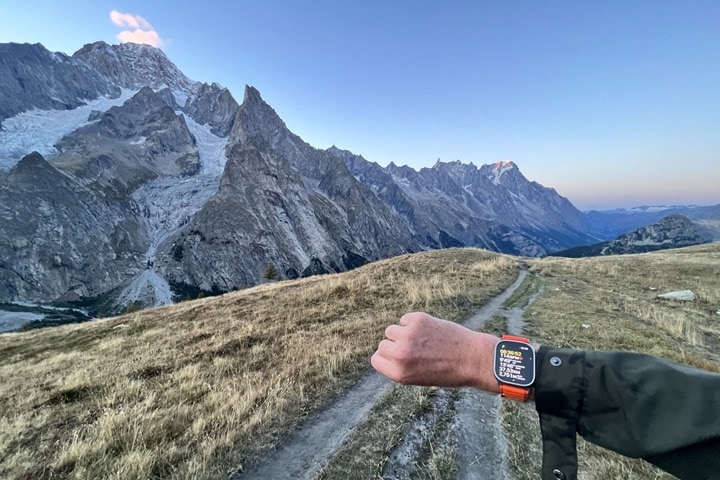

0 Commentaires